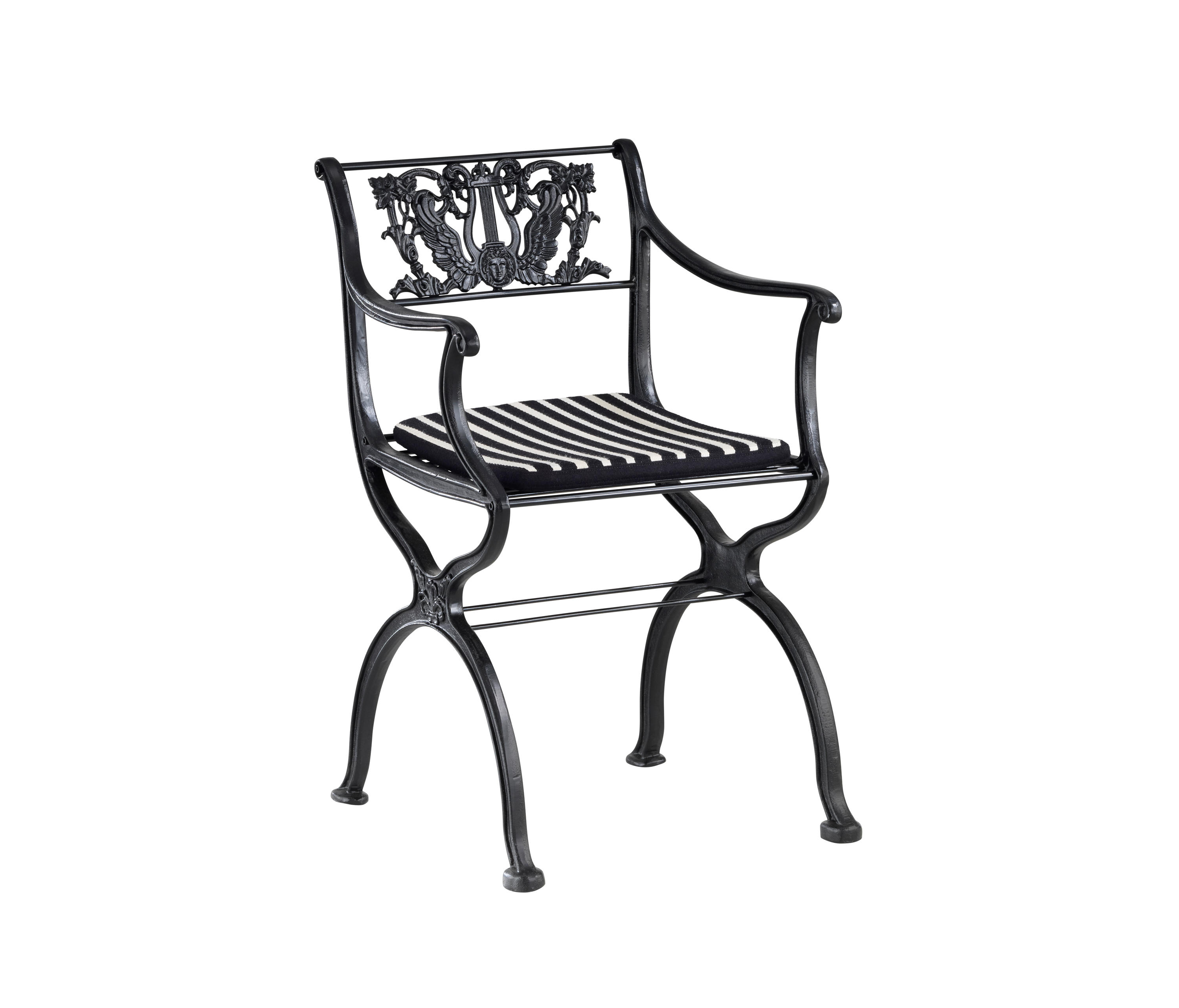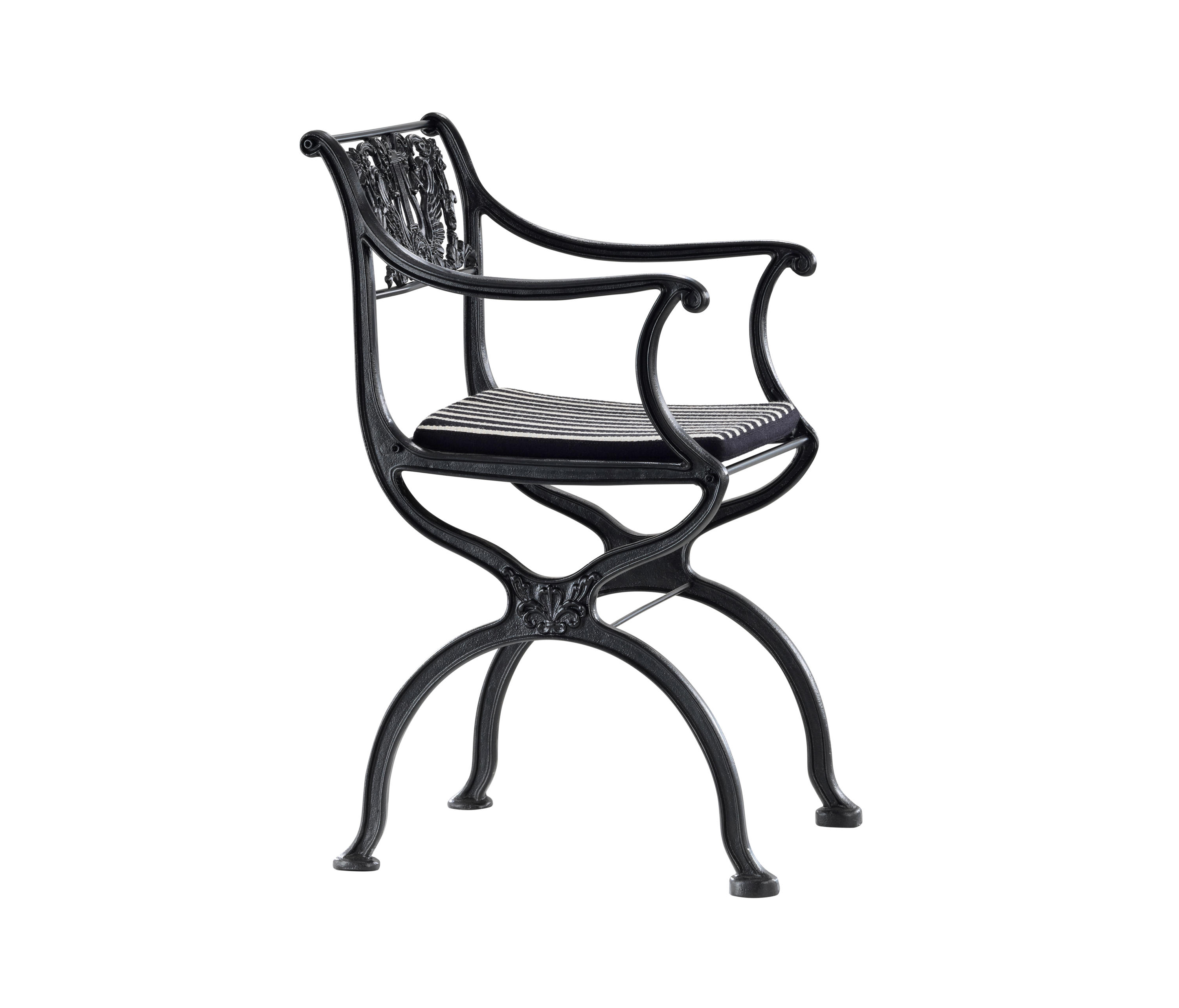已售0件
德国 TECTA D60 Garden bench|chair Seating-Chairs
¥ 价格请联系客服
Story
»Classicism in Prussia was clearer and simpler than anywhere else,« observed product designer Dieter Rams about Schinkel’s New Pavilion in the park of Charlottenburg Palace (1824/25). This Classicism, as Schinkel understood it, was in fact the contemporary style as well, but above all it was part of a universal environmental design, which aimed at combining buildings and gardens in an industrialized garden realm, with the ultimate intention of modernizing and civilizing the military-agrarian state of Prussia. Schinkel’s garden chair, originally produced in the (state-owned) royal iron foundry in Berlin, was a product of an industry which was developing rapidly thanks to the steam engine, an early mass-produced item made from a few parts and without a restriction in numbers: its function was to add to relaxation in gardens and parks, respite which the people who made the chair were initially able to enjoy only rarely, if at all. In formal terms, the side parts, with their centrally connected curved segments, point to an item of furniture which was designed almost a century later, the re-edition of which can now be found in many living rooms and apartments: the chair designed by Ludwig Mies van der Rohe in 1928 for the German Pavilion at the World Fair in Barcelona.
Material & Colour
Frame: cast iron, screwed, lacquered black
Seat: 2 Cushions, fabric or leather






